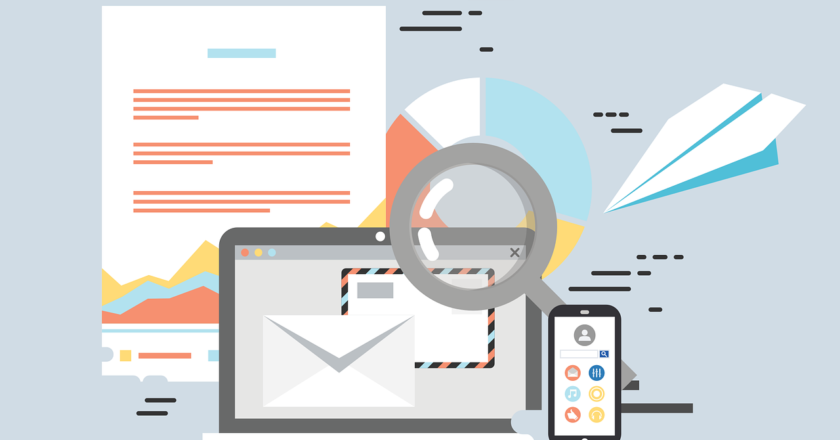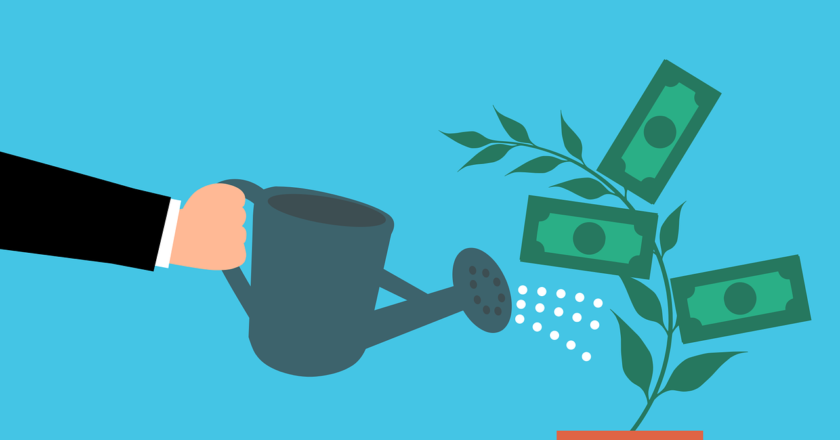Transforming Customer Service Excellence: Small Business Triumphs Through High Employee Engagement
Elevating employee engagement to enhance customer service levels is a critical aspect of fostering a customer-centric culture within small businesses. To achieve this, business leaders should communicate the significance of exceptional customer service, provide continuous training and development, empower employees with decision-making authority, recognize and reward outstanding performance, establish feedback channels, and lead by example. By prioritizing employee engagement and involvement, small businesses can create a workforce that is enthusiastic, motivated, and committed to delivering exceptional service, ultimately leading to elevated customer satisfaction and loyalty.
Engaging employees in elevating customer service levels is essential for creating a customer-centric culture in s...










